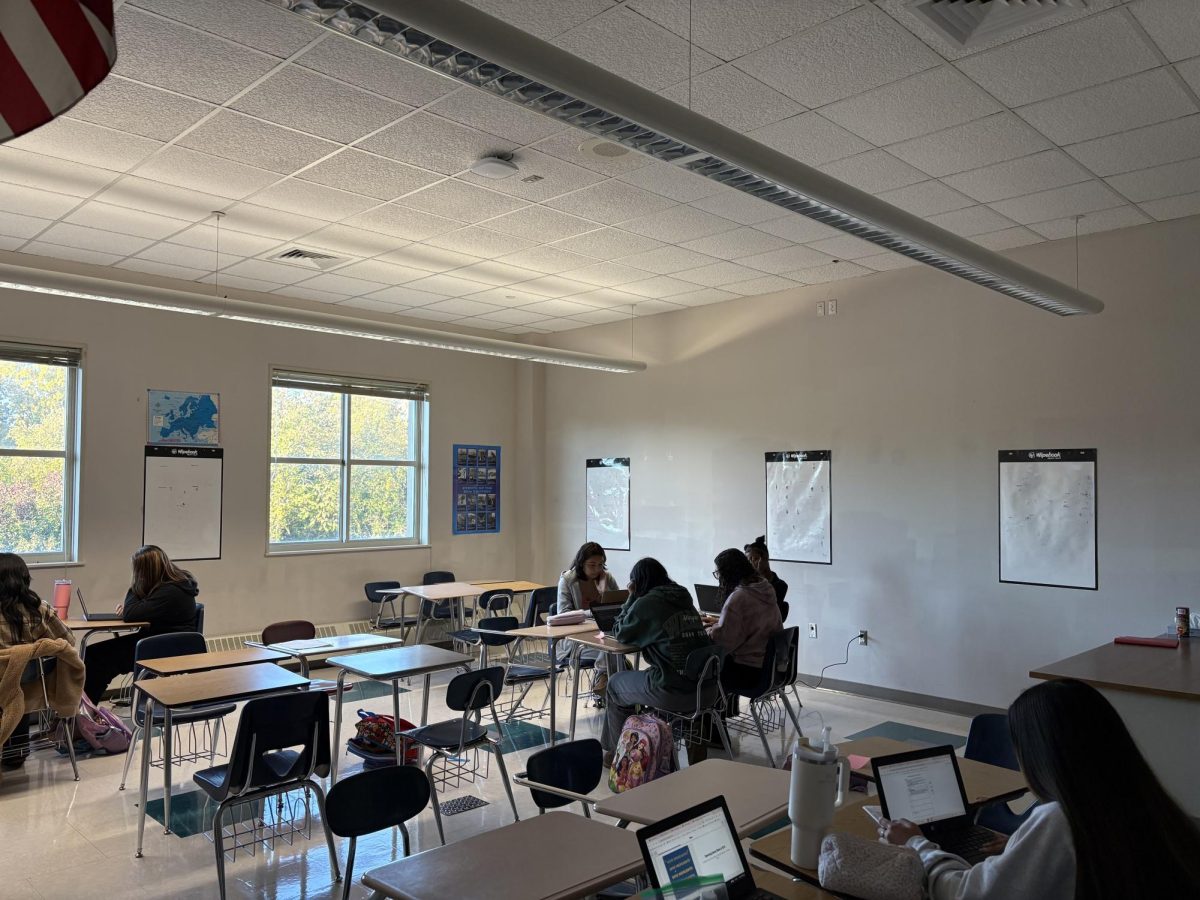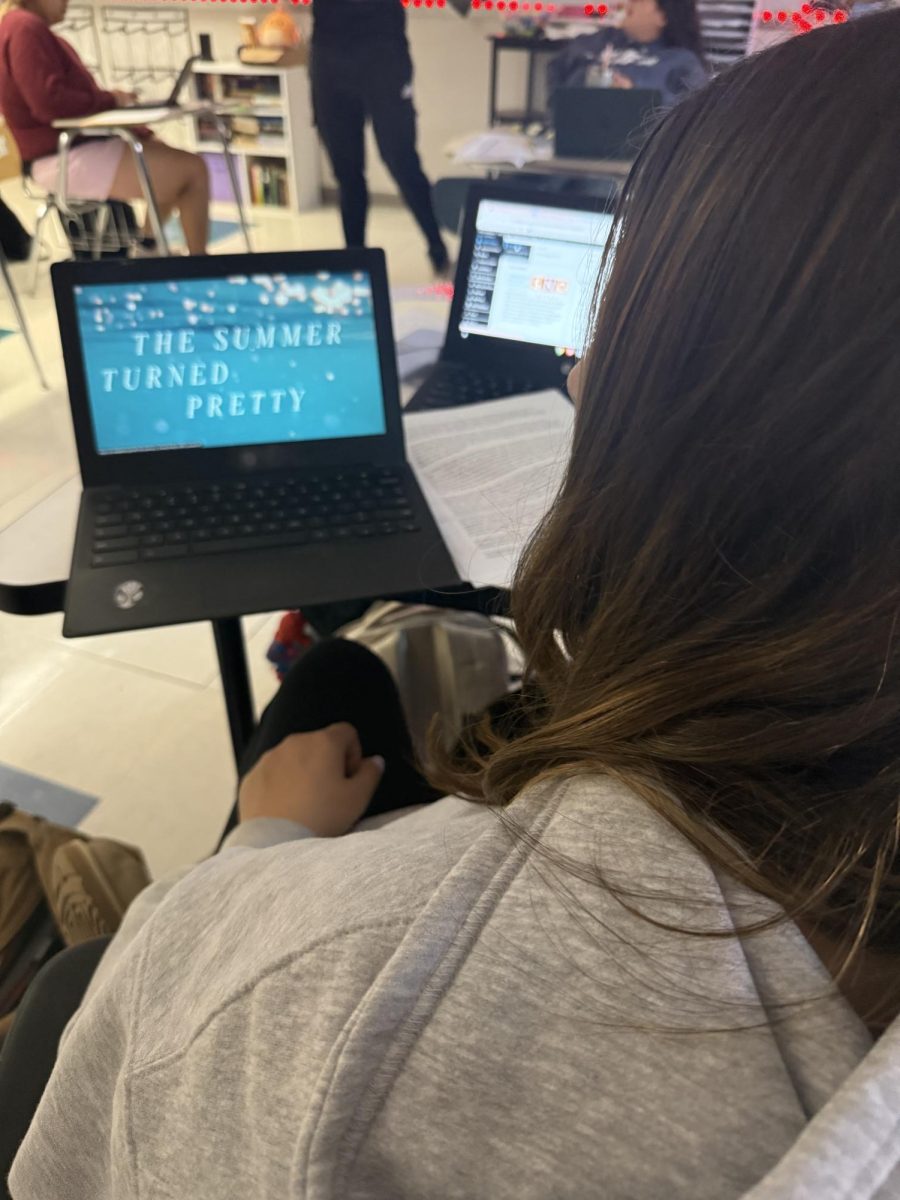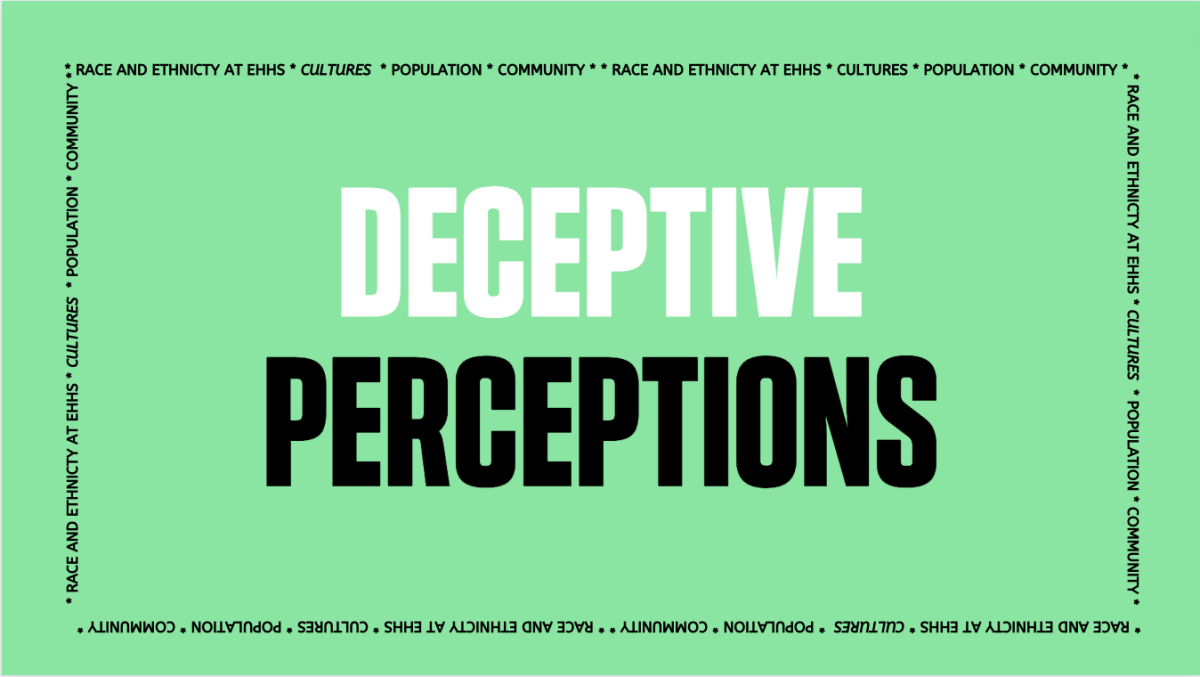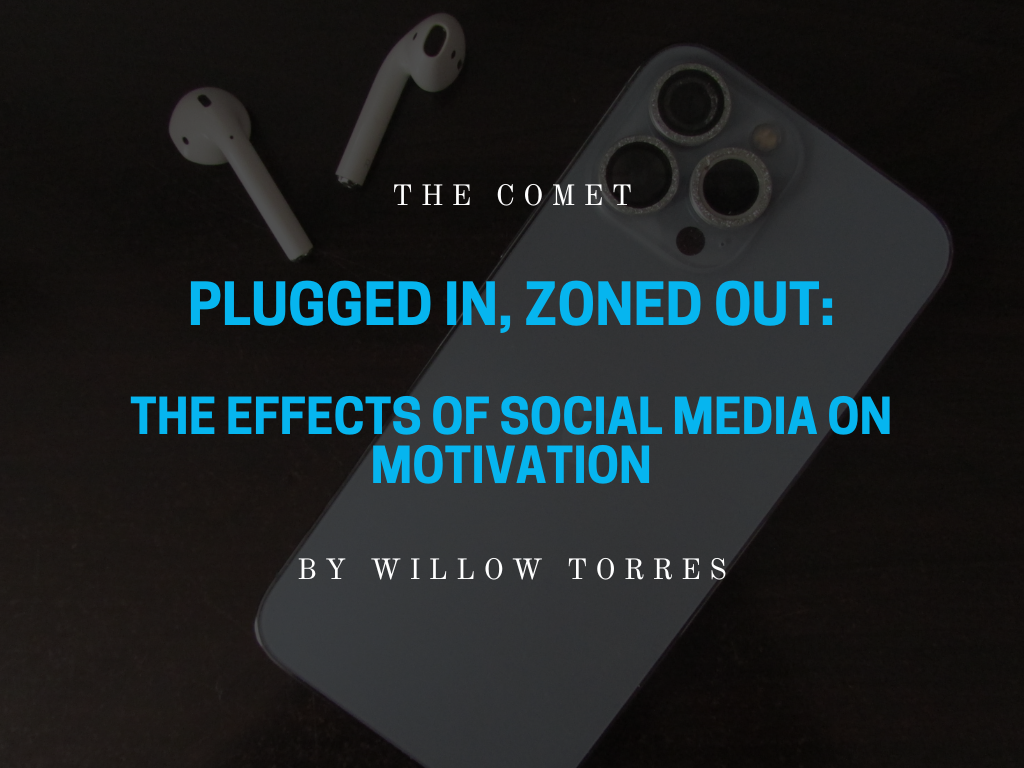In the last ten years, the demographic makeup of EHHS students has changed significantly. For example, the number of students who identify as part of particular ethnic or racial groups has shifted from 77.14% white to 48.23% white. However, through a series of surveys this fall, it is evident that students in EHHS still often perceive the demographics to be the same as they were in 2013. Principal and EHHS Alum Vincent DeNuzzo states, “As a former student here in the 90s, it is a significantly more diverse community than it was back then.”
For example, in the last ten years the Hispanic/Latino population of EHHS has increased from 17.43% to 39.98% of the total population but on average only 42.36% of survey respondents correctly perceived the Hispanic/Latino population in EHHS. Only 18% of the survey respondents correctly perceived the Asian population. And only 30.79% of the survey respondents correctly perceived the percentage of the Black population in EHHS. The most correct perception was for Native Hawaiian and Pacific Islanders, where 65.85% of the respondents correctly identified the population.
Mr. DeNuzzo explained that parents self-identify their ethnicity, which form our demographic reports. The state of Connecticut requires reports over certain timelines throughout the year of information on our demographics. The demographic information is gathered when parents register their children for school where personal information of ethnicity gets tracked on PowerSchool to run a report into the state database. The demographics for all districts are reported on the state department of education website and can be view on EdSight.
Through the surveys, it also became evident that being a part of a minority group impacts all individuals and their surrounding community. This is why EHHS needs to represent and respect various cultures, including their backgrounds and religions. It is important to consistently adapt to the changes in our school community because an increase in different ethnicities comes with different languages, impacting the various services and programs the school offers to fulfill the needs of students and the community.
In a school community students should be accepted regardless of their backgrounds, and religions so everyone feels welcome at school and comfortable with being themselves. As the perception of demographics changes within the town as well as our school, it is an opportunity to be more aware of other people’s differences and accept them regardless of their backgrounds. It is also a school’s responsibility to ensure they offer and adapt their services to students who come from different countries and need learning services such as learning to read, write, and learn a new language. “The demographics of the school influences, the school leaders and our teaching staff, how we teach, what materials we [are] selecting, to teach, because we want to be culturally responsive,” Mr. DeNuzzo says, “It’s been an opportunity for us to grow as people, right, it’s been an opportunity for us to grow as a school community, and really an opportunity for us to teach young people what skills they need in order to be productive citizens.”
The lack of perception regarding race and ethnicity in our changing demographics calls attention to the fact that our school population either doesn’t want to recognize the changes or isn’t observant enough to see the changes. To me it doesn’t seem difficult to see the changes in our population; so why do so many people not perceive the racial and ethnic groups correctly?

























